Week of Sept. 8, 2014
Erosion and Deposition by wind, ice, and gravity
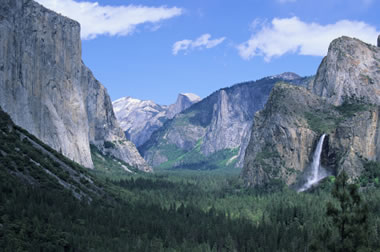 |
| Yosemite Valley - created by a glacier |
Questions to consider:
1. What is abrasion? What conditions are necessary to create abraded rock?
2. How does a sand dune form?
3. What is loess? Why is it valuable?
4. How does a desert pavement form?
5. What are the 2 types of glaciers?
6. How do glaciers change the shape and makeup of the land?
7. What are some examples of glacial landforms?
8. What is mass movement?
9. What are the types of mass movement (wasting)?
10. What events can cause mass movement (wasting)?
Wind Erosion Examples
 |
| Classic Sand Dune - Why do sand dunes have a gentle slope and a steep sloop? Hint: What direction is the wind blowing from? |
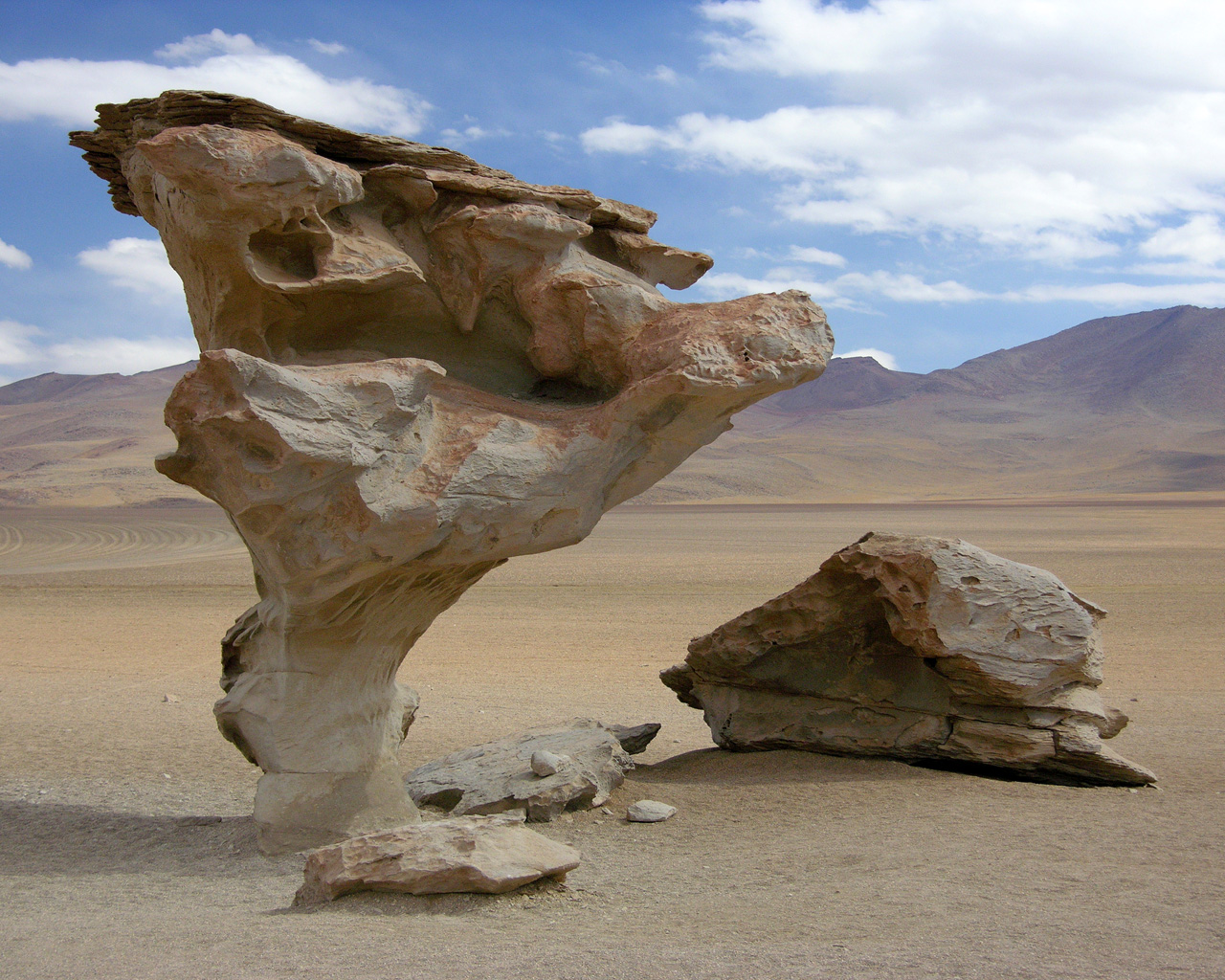 |
| Abrasion of rock is the most extreme lower to the ground - how can you tell? The Wave in Arizona - how do you think this landform was created?
Ice! Ice! Baby! Continental vs. Alpine Glaciers
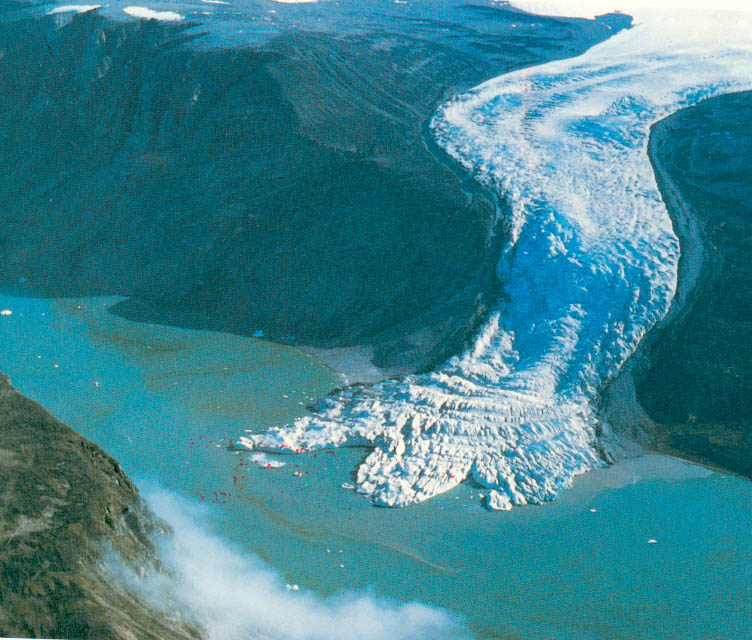
Continental Glacial Landforms
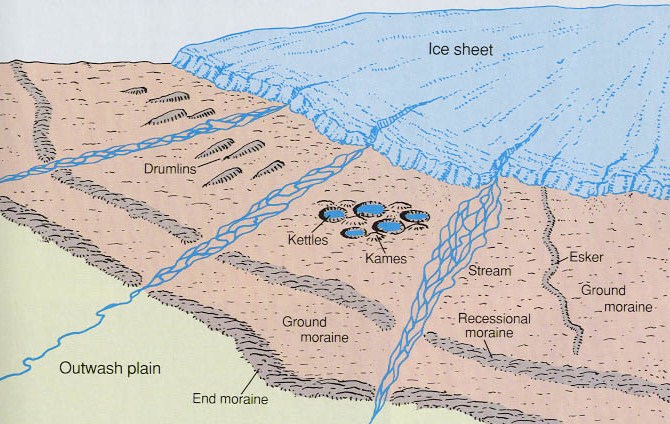 |
Erratic - large rocks/boulders deposited by glaciers
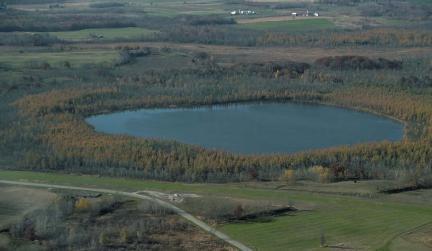
Kettle Lake - forms when glacial ice melts

Esker - long, winding ridge of sand and gravel
Alpine Glaciers - in the mountains!
 |
| Glacial V-Shaped Valley |

Moraine - is material eroded and deposited by a glacier. There are 8 different types of moraine - the above picture shows glacial till running down the middle of the glacier.
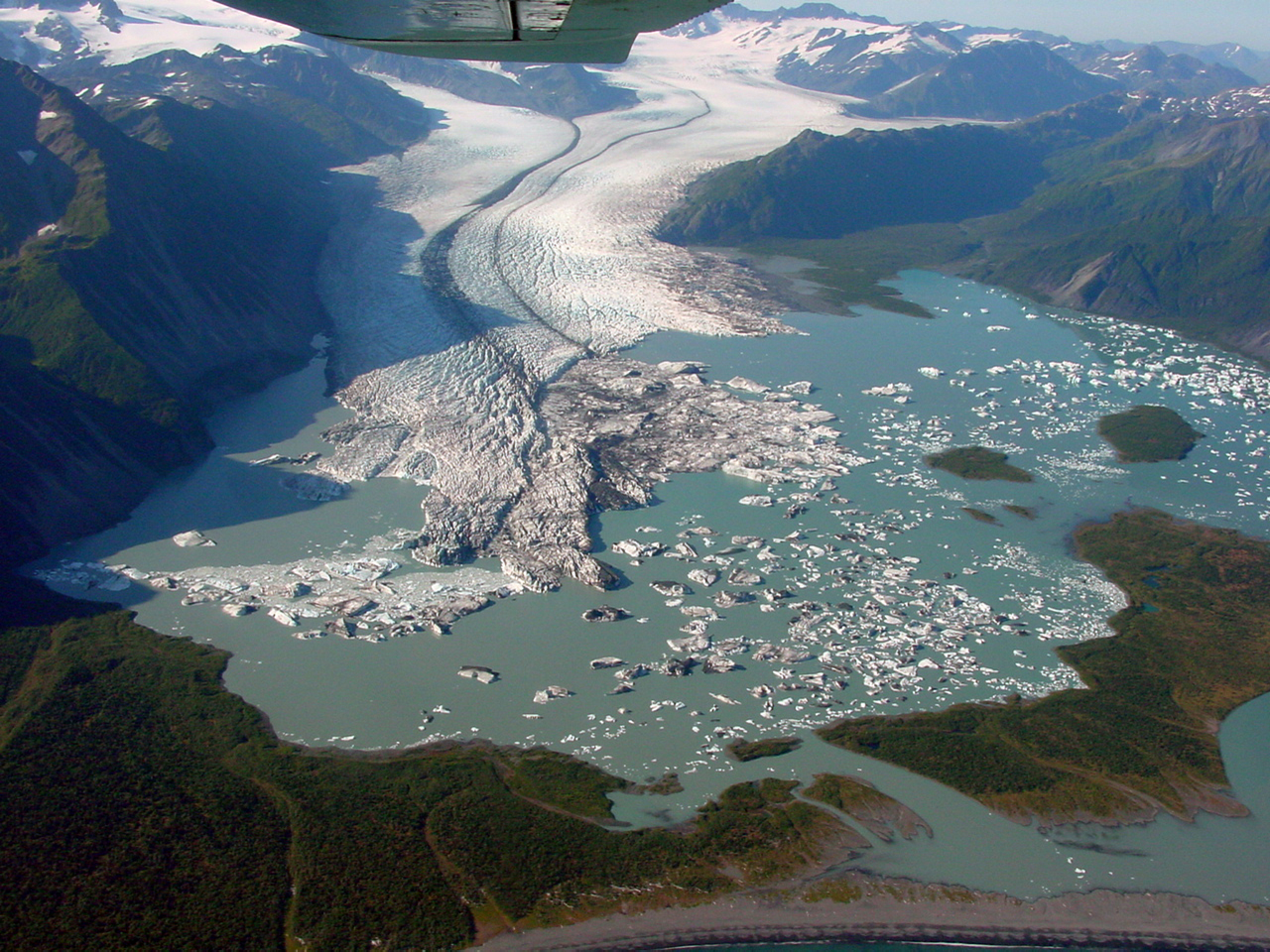
Glacial Outwash - sediments deposited by meltwater
 |
| Glacial Till - random assortment of sediment Ohio's History with Glaciers |
 |
| Ohio approximately 24,000 years ago! Continental glaciers moved over Ohio 4 times creating the Great Lakes and the Ohio River. The soil left behind by the glacier was very rich - great for crop growing. The southern part of Ohio was never covered by glaciers - the landscape is more hilly while the area of Ohio covered by glaciers is flat. Melting Glaciers - climate change and glaciers Glacier National Park  |

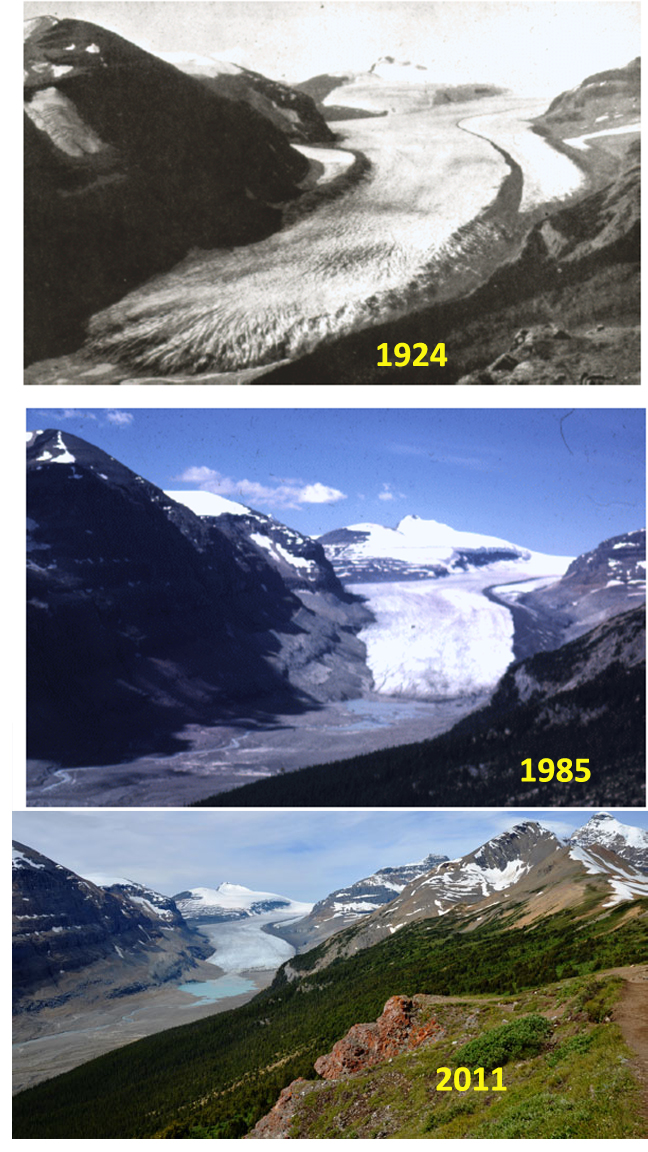
 |
| Greenland Ice Sheet Mass Movement (Mass Wasting) - shifting of materials due to force of gravity, and erosional forces, (heavy rains, deforestation, unstable slopes, earthquakes, volcanic eruptions).
Fast
Slow - Creep

Notice how the eroded hillside has forced the trees to creep - amazing!
 |
No comments:
Post a Comment